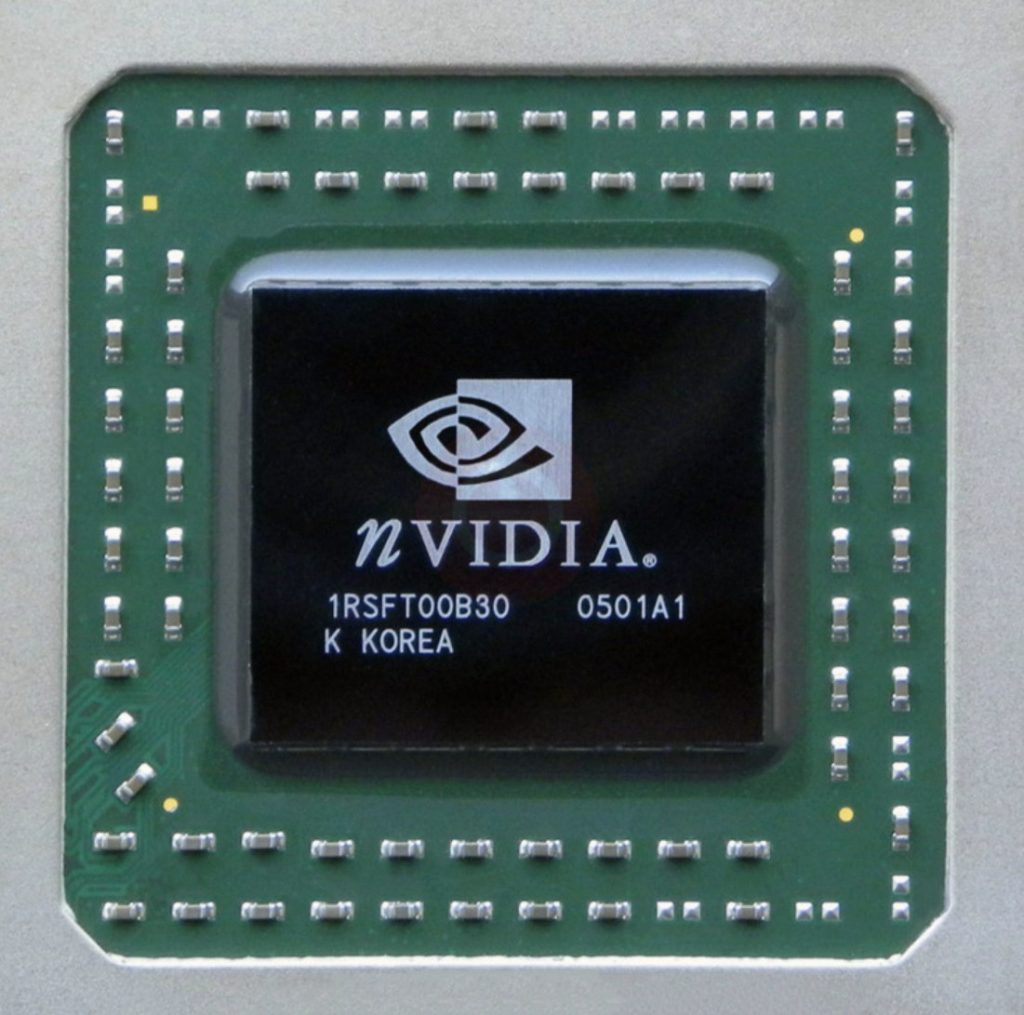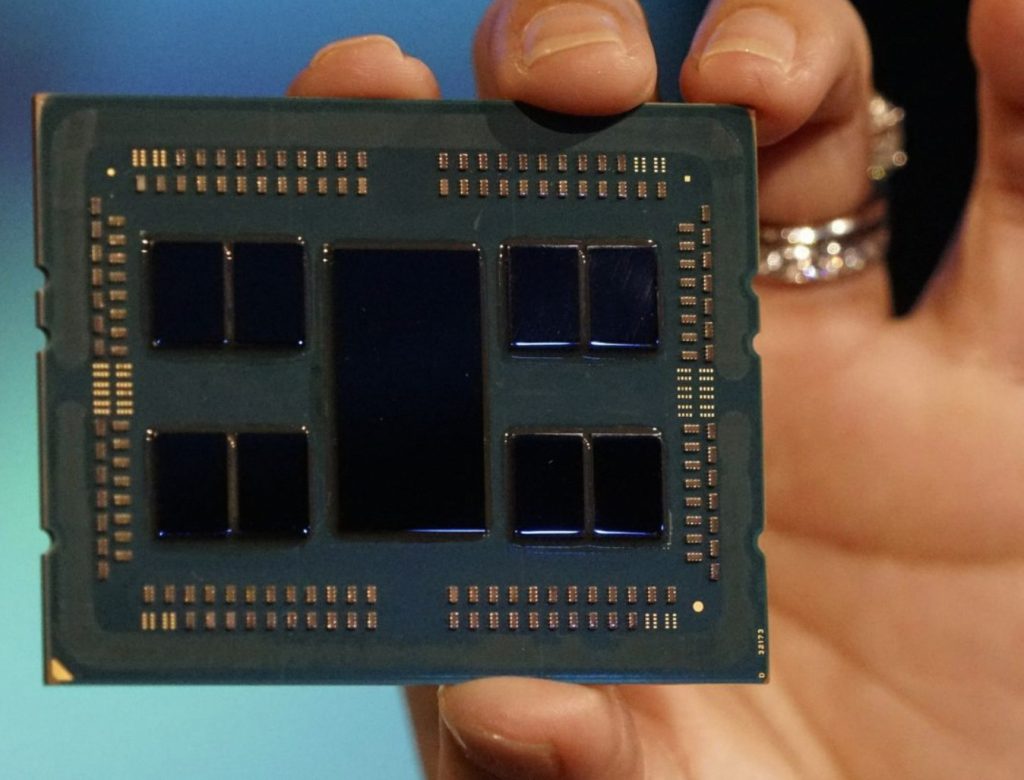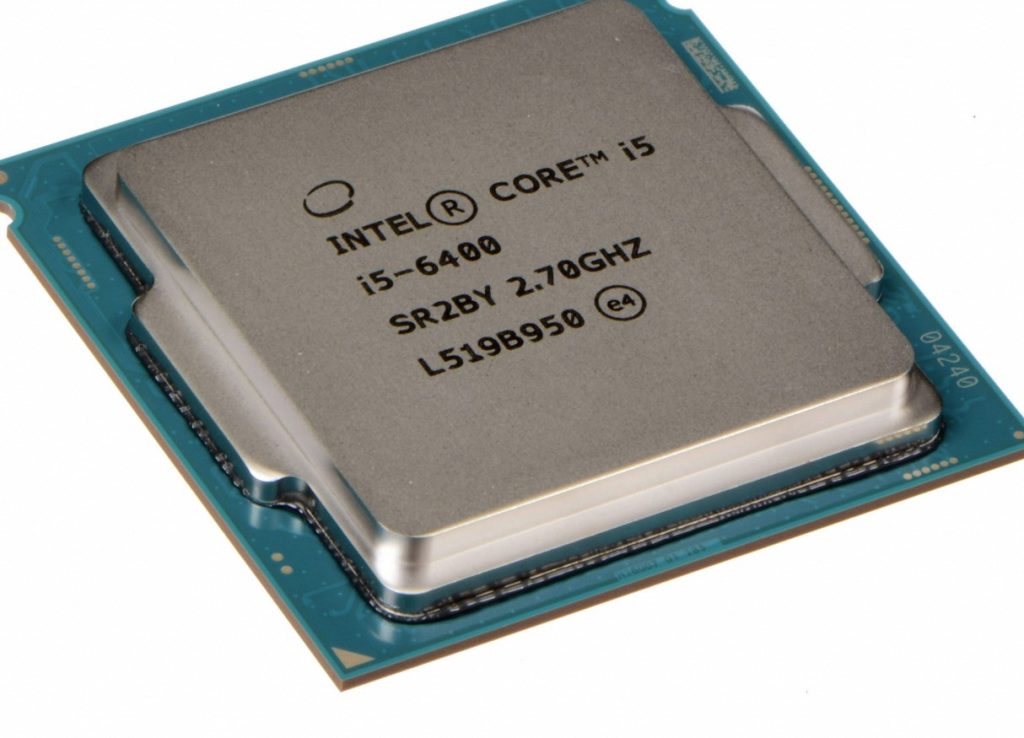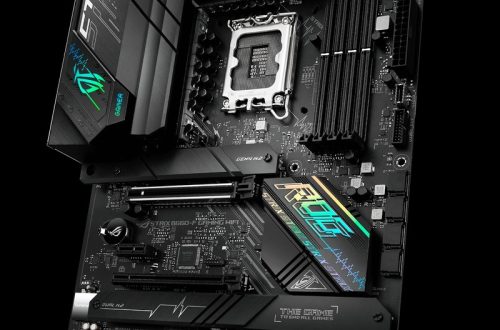Wondering if your CPU is performing optimally? Whether you’re experiencing slowdowns, suspecting hardware limitations, or simply curious about your processor’s capabilities, checking your CPU performance is a valuable exercise. This guide will explore several simple methods to assess your CPU’s health and identify potential bottlenecks.
Part 1: Understanding CPU Performance Metrics

1. Core Count and Clock Speed:
Modern CPUs have multiple cores, allowing them to handle multiple tasks simultaneously. More cores generally translate to better performance for multitasking and running multi-threaded applications. Clock speed, measured in GHz, indicates how many cycles a core can complete per second. Higher clock speeds typically lead to faster processing.
2. Benchmarks: Standardized Performance Tests:
Benchmarks are specialized software applications meticulously crafted to stress test a CPU and gauge its performance across various computing tasks. By subjecting the CPU to intensive workloads, benchmarks provide comprehensive assessments of its processing power, generating scores that users can leverage to compare the performance of their CPU against others in a standardized manner. This facilitates informed decision-making when selecting or evaluating CPUs for specific use cases.
Widely recognized benchmarks such as Cinebench R23 and Geekbench 5 are popular choices due to their comprehensive testing methodologies and ability to produce reliable performance scores. Cinebench R23, for instance, excels in evaluating a CPU’s performance in professional 3D rendering tasks, while Geekbench 5 offers a broad performance assessment across both single-core and multi-core workloads. Users can utilize these benchmarking tools to gain a deeper understanding of their CPU’s capabilities in scenarios relevant to their usage, whether it involves content creation, gaming, or general productivity tasks. Leveraging benchmarks aids in understanding how a CPU performs under specific workloads, aligning with individual needs and preferences.

Part 2: Easy Methods to Check Your CPU Performance
1. Task Manager: A Built-in Resource Monitor:
Most modern operating systems are equipped with built-in tools that allow users to monitor system resources in real-time. For Windows users, the Task Manager is a robust utility that offers comprehensive insights into system performance, including CPU usage. Accessible through a simple keyboard shortcut (Ctrl+Shift+Esc), the Task Manager provides an intuitive interface for users to monitor CPU usage, view real-time performance graphs, and pinpoint specific applications and processes that are consuming CPU resources.
By leveraging the Task Manager, Windows users can gain a basic yet essential understanding of how their CPU’s processing power is being utilized. They can quickly identify resource-intensive applications, understand overall system load, and make informed decisions regarding resource allocation and system optimization. Furthermore, the Task Manager empowers users to troubleshoot performance issues, identify potential bottlenecks, and take necessary action to ensure efficient utilization of CPU resources, ultimately contributing to a smoother and more responsive computing experience.
2. System Information Utilities:
Several free system information utilities offer detailed insights into your hardware. CPU-Z is a popular option, providing information on your CPU’s model, core count, clock speed, and even cache size. These details can help you understand your CPU’s potential and compare it to benchmarks for similar models.

Part 3: Utilizing Benchmarks for In-Depth Analysis
1. Choosing the Right Benchmark:
When evaluating the performance of a CPU, it is essential to consider the specific types of CPU benchmarks available, each designed to cater to different needs and use cases. Single-core benchmarks are focused on assessing the performance of individual CPU cores, providing insights into tasks that rely heavily on single-threaded performance. On the other hand, multi-core benchmarks offer a holistic evaluation of a CPU’s overall processing power by evaluating its performance when all cores are utilized, offering valuable insights into multi-threaded, parallel processing tasks.
Choosing the right benchmark depends on your primary use case, whether it’s gaming, content creation, or other compute-intensive activities. For gamers, single-core performance is often crucial, as many games rely on single-threaded processing. Meanwhile, content creators and professionals engaged in multi-threaded workloads such as video editing, 3D rendering, or scientific computing might prioritize multi-core performance benchmarks to assess a CPU’s capabilities.
Selecting a benchmark aligned with your specific usage requirements allows for a more accurate representation of the CPU’s performance in the tasks that matter most to you, ultimately aiding in informed decision-making when choosing or evaluating a CPU for a particular computing workload.

2. Running the Benchmark and Interpreting Results:
Once you’ve downloaded and installed a benchmark, run the test according to the software’s instructions. Benchmarks will generate a score that you can compare to online databases. These databases showcase scores achieved by other users with the same CPU model. This allows you to see how your processor performs compared to others and identify potential performance deviations.
Part 4: Additional Considerations and Troubleshooting
1. Factors Affecting CPU Performance:
When evaluating CPU performance, it’s vital to consider various factors that extend beyond the core specifications of the processor itself. Background processes, insufficient RAM, outdated drivers, and inadequate cooling solutions can all significantly impact overall system performance, potentially leading to slowdowns and diminished user experience. Addressing and optimizing these contributing factors can often lead to noticeable improvements in the CPU’s overall performance.
By effectively managing background processes, reducing system resource utilization, and ensuring sufficient system memory (RAM) to handle concurrent tasks, users can enhance the overall responsiveness and multitasking capabilities of their CPU. Additionally, regularly updating hardware drivers and ensuring optimal cooling solutions minimize the risk of thermal throttling, reduce system instability, and promote longevity of the CPU. By collectively addressing and optimizing these factors, users can maximize the effectiveness of their CPU, leading to improved productivity, smoother multitasking, and better overall system performance for various computing tasks.

2. When to Consider Upgrading:
If your CPU consistently reaches high utilization with basic tasks, struggles with demanding applications, or significantly lags behind benchmark scores for your model, it might be time to consider an upgrade. However, before jumping to an upgrade, ensure your system is optimized, and consider addressing other limitations like RAM or storage before solely focusing on the CPU.
By utilizing the simple methods outlined in this guide, you can gain valuable insights into your CPU’s performance. Identifying potential bottlenecks and taking steps to optimize your system can often lead to significant performance improvements without the need for an immediate upgrade. However, if your CPU struggles to keep up with your needs, understanding its capabilities through benchmarks and resource monitoring will help you make informed decisions regarding potential upgrades.


